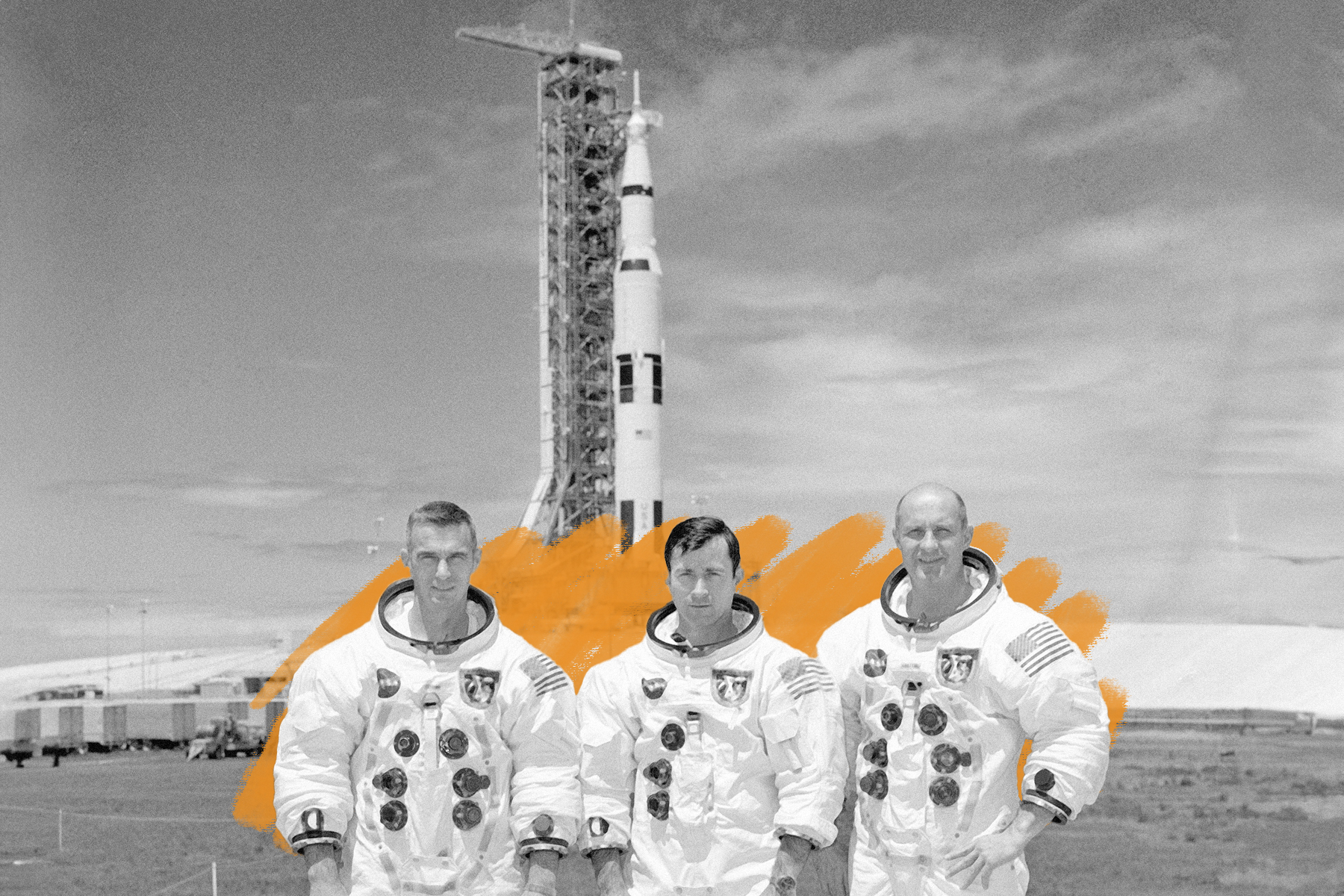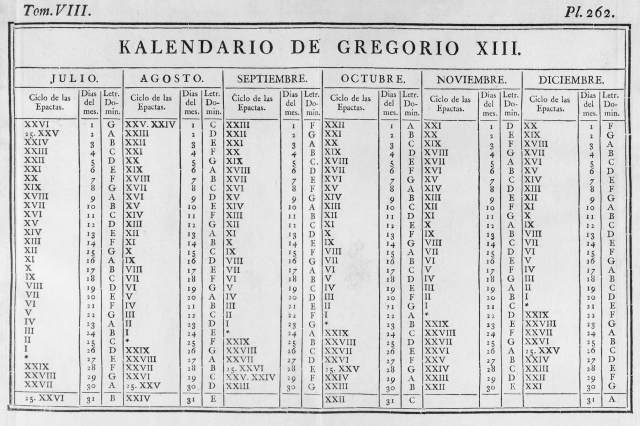The fastest speed humans have ever traveled
Wednesday, August 28, 2024
Despite being described as a "dress rehearsal" for the first moon landing, which took place just two months later, Apollo 10 achieved something incredible in its own right: the fastest speed that humans have ever traveled. |
| |
| |
|
 |
|
| D espite being described as a "dress rehearsal" for the first moon landing, which took place just two months later, Apollo 10 achieved something incredible in its own right: the fastest speed that humans have ever traveled. Astronauts Thomas Stafford, John Young, and Eugene Cernan reached a speed of 24,816 mph while returning from their eight-day voyage on May 26, 1969, a record that not even subsequent Apollo missions managed to top. Before doing so, Stafford and Cernan boarded the Apollo lunar module and orbited our only natural satellite at a distance of about 9 miles from its surface. Young later walked on the moon as part of the Apollo 16 mission, and Cernan did so with Apollo 17. |
|
|
| Other speed records, while impressive, don't even come close to Apollo 10. The land speed record, set in 1997 by a 54-foot Thrust SuperSonic Car, is 763 mph, while a diving peregrine falcon can reach speeds of 200 mph — making it the world's fastest animal. The average commercial airliner travels at a speed of 550-600 mph, which is the fastest most of us will ever go. Unless you have an intense need for speed, that's probably a good thing. |
|
 |  |
|
|
 |
|
| |
|
| Orbits of the moon completed by Apollo 10 | | | 31 |
| | | Apollo missions in which astronauts landed on the moon | | | 6 |
| | | Apollo missions in which astronauts landed on the moon | | | 6 |
|
|
|
| Days Apollo 10 spent in lunar orbit | | | 2.6 |
| | | People who have walked on the moon | | | 12 |
| | | People who have walked on the moon | | | 12 |
|
|
|
 |
|
 | | Did you know? |
|
|
An astronaut conducted an ESP experiment on Apollo 14. |
|
| Even before he went to the moon, Edgar Mitchell was a little spacey. Fortunately for the sixth man to walk on the moon, a career as an astronaut turned out to be perfect for someone fascinated with extrasensory perception and other psychological phenomena. In fact, he was able to carry out secret ESP experiments while aboard the Apollo 14 spacecraft. Waiting until crewmates Alan Shepard and Stuart Roosa fell asleep, he focused on the symbols printed on a series of cards he'd brought with him while a team of psychics on Earth attempted to read his thoughts and transcribe the sequence. According to Mitchell, they succeeded 51 times out of 200 — results "far exceeding anything expected." Two years after returning to Earth, Mitchell — who also believed that aliens intervened to prevent a nuclear war between America and the Soviet Union — left NASA to found the Institute of Noetic Sciences. |
|


posted by June Lesley at 4:01 AM











![]()
![]()





0 Comments:
Post a Comment
<< Home